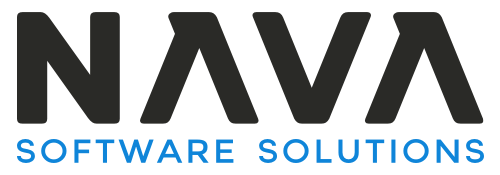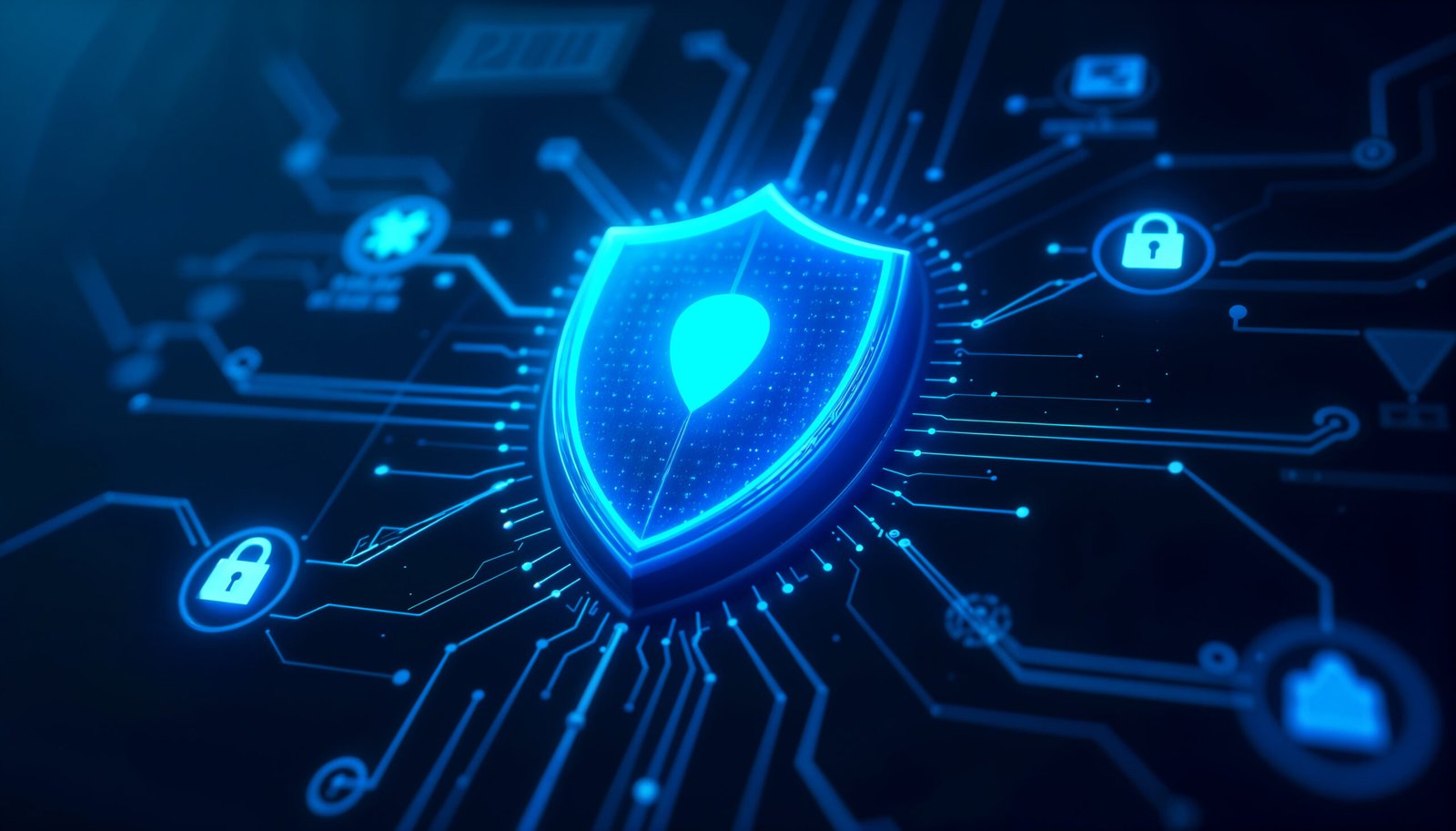
The Importance of Compliance and Data Security in GCC
As businesses expand globally, Global Capability Centers (GCCs) have become essential for scaling operations, managing costs, and accessing skilled talent. However, with this growth comes the challenge of maintaining strict compliance and data security standards across different geographies, especially as GCCs handle sensitive data and intellectual property.
Why Compliance and Data Security Matter in GCCs
Protecting Sensitive Data and Intellectual Property
GCCs often deal with sensitive data, whether it’s customer information, financial data, or proprietary company insights. As these centers operate globally, they’re subject to varied privacy regulations, such as GDPR in Europe and CCPA in California, which place significant restrictions on data handling and storage. Ensuring compliance with these regulations and implementing robust data security measures helps protect both company and client data from breaches, misuse, and unauthorized access.
Sustaining Client Trust and Business Reputation
Clients entrust GCCs with their confidential information and expect high standards of security. A data breach or compliance violation not only risks financial penalties but can also severely damage a company’s reputation, resulting in lost clients and decreased business. Strong security protocols and compliance adherence reassure clients, building trust and loyalty.
Avoiding Costly Penalties and Legal Consequences
Non-compliance can result in hefty fines and legal penalties, which can be financially damaging and harm a company’s credibility. Regulatory authorities worldwide are becoming stricter about enforcing compliance standards, making it crucial for GCCs to establish effective policies that mitigate the risk of violations and costly repercussions.
Challenges of Compliance and Data Security in GCCs
1. Navigating Varied Global Regulations
Operating across multiple countries means GCCs must navigate diverse regulatory requirements, each with its own specific compliance demands. For example, while GDPR mandates strict data privacy controls, other regions may have looser requirements or entirely different focuses. Ensuring compliance across all operational geographies requires a detailed understanding of each regulatory environment and continuous monitoring of changing laws.
2. Managing Distributed Data and Access Control
GCCs often handle vast amounts of distributed data, which can be accessed by teams across various locations. Managing access to sensitive data and ensuring that only authorized personnel have access becomes challenging with a geographically dispersed workforce. Without stringent access control, GCCs risk unauthorized access and data breaches.
3. Addressing Cybersecurity Threats
With the rise in sophisticated cyber threats, GCCs are increasingly vulnerable to attacks that target both internal and external weaknesses. Phishing, ransomware, and insider threats are common security risks that, if left unchecked, can lead to data breaches, operational disruptions, and financial losses. Implementing robust cybersecurity measures is essential to preventing these attacks and safeguarding data.
4. Ensuring Compliance in a Remote and Hybrid Work Environment
As remote and hybrid work models become the norm, GCCs face new challenges in ensuring compliance and data security. Employees working from home or other remote locations can introduce vulnerabilities, as data may be accessed through less secure networks and personal devices. Establishing secure access protocols and monitoring remote operations are essential for maintaining compliance in this new environment.
Best Practices for Ensuring Compliance and Data Security in GCCs
1. Conduct Comprehensive Risk Assessments
A proactive approach to compliance and data security begins with a comprehensive risk assessment to identify potential vulnerabilities. This includes:
- Data Mapping: Identify where sensitive data resides, who has access to it, and how it’s being used.
- Gap Analysis: Evaluate current security measures against regulatory requirements to determine gaps in compliance.
- Risk Prioritization: Rank potential risks to address the most critical vulnerabilities first.
Regular risk assessments allow GCCs to stay ahead of evolving threats and regulatory changes, enabling them to adapt security measures accordingly.
2. Implement Role-Based Access Control
Restricting data access based on roles is crucial for safeguarding sensitive information. Role-based access control (RBAC) ensures that employees only have access to the data necessary for their specific job functions. This reduces the risk of accidental or malicious data exposure and ensures that access is limited to authorized personnel.
Key Steps to Implement RBAC:
- Define User Roles: Classify user roles and assign access levels based on job responsibilities.
- Regularly Review Access Rights: Periodically audit access rights to ensure they remain aligned with current roles and responsibilities.
- Monitor Access Logs: Track data access logs to detect any suspicious activity and maintain a secure environment.
3. Strengthen Data Encryption and Endpoint Security
Encryption is one of the most effective ways to protect data in transit and at rest. By converting data into an unreadable format, encryption ensures that sensitive information remains secure even if unauthorized parties gain access.
Encryption and Endpoint Security Best Practices:
- Use End-to-End Encryption: Protect data at every stage of its lifecycle, from creation to storage and sharing.
- Secure Endpoints: Implement endpoint protection software on all devices accessing GCC data, including laptops, tablets, and mobile phones.
- Multi-Factor Authentication (MFA): Add an extra layer of security by requiring two or more forms of verification to access sensitive data.
4. Implement a Data Loss Prevention (DLP) Program
A Data Loss Prevention (DLP) program is essential for monitoring and controlling the transfer of sensitive data across networks. By implementing DLP tools, GCCs can prevent unauthorized sharing or downloading of confidential information, reducing the risk of data leaks.
Core Elements of DLP Programs:
- Content Filtering: Identify and block sensitive content from being sent outside the organization.
- User Behavior Monitoring: Track and analyze employee actions to detect suspicious behavior.
- Data Transfer Restrictions: Limit the ability to transfer sensitive data outside of the network, ensuring data stays within secure environments.
5. Establish a Comprehensive Incident Response Plan
Even with robust security measures, incidents may still occur. A well-structured incident response plan helps GCCs respond quickly and efficiently to security breaches, minimizing damage and ensuring compliance.
Key Components of an Incident Response Plan:
- Preparation and Training: Equip employees with the knowledge and skills to recognize and report security incidents.
- Containment and Eradication: Define processes to contain breaches and eliminate threats promptly.
- Recovery and Review: Implement measures to recover from incidents and analyze them to improve future security.
6. Regularly Conduct Compliance Audits and Training
Compliance is an ongoing process that requires continuous evaluation and adaptation. Regular audits ensure that GCCs adhere to the latest regulations and identify areas for improvement. Equally important is employee training, which helps reinforce security best practices and compliance requirements.
Audit and Training Practices:
- Schedule Quarterly Compliance Audits: Review compliance processes regularly to ensure adherence to evolving regulations.
- Conduct Employee Training: Provide training sessions on data security best practices, compliance standards, and recognizing cybersecurity threats.
- Evaluate Third-Party Vendors: Assess vendors and partners to ensure they meet your compliance and security standards.
Success Stories
Conclusion
As organizations continue to expand through GCCs, the importance of compliance and data security cannot be overstated. By implementing comprehensive security measures, conducting regular compliance audits, and fostering a culture of vigilance, GCCs can protect sensitive data, meet regulatory requirements, and build lasting client trust.
At NAVA Software Solutions, we understand the unique challenges facing GCCs and offer tailored compliance and data security solutions that empower organizations to scale confidently and securely. Contact us today to learn how our expertise can support your GCC’s growth and protect your critical assets.




